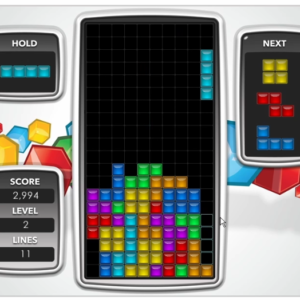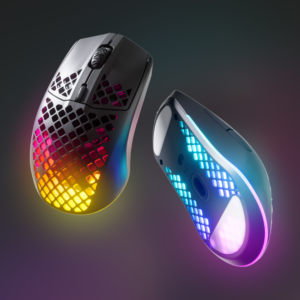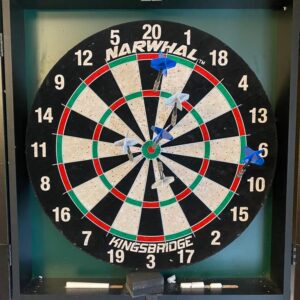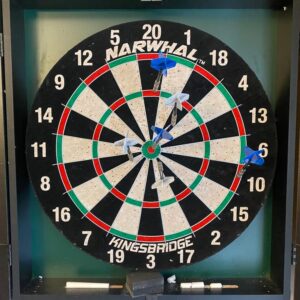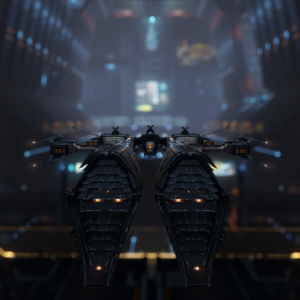
Nintendo is known for doing things differently. From the Wii’s motion controllers, to the Wii U’s tablet-style GamePad — Nintendo’s latest platform, the Switch, released in March of this year, delivers a portable and home console in one that lets gamers play on the go or at home.
The $299 Switch is an obvious replacement for 2012’s Wii U, but it can also be used as a handheld gaming device like any of the DS models that are still available, combining at home game-playing and on the go effectively. Rather than competing against the specs and hardware of the Xbox One or Playstation 4, with their 4K HDR graphics, Nintendo has decided to remain the family friendly, fun, party-pack gaming console, using an innovative design make a very successful system.
Once set up, the system is simple to turn on and play a game, picking right up where you left off, very easily. But since the Switch comes with so many different playing options — directly from the TV, handheld on-the-go, dividing the controller into two pieces for some multi-player fun — figuring out which piece goes where, and how to plug everything in right off the bat was somewhat confusing, there is a lot of gear and accessories.
Inside the box comes the wall adapter, 6.2-inch LCD screen, Switch Dock which allows you to play using the TV screen, Joy-Con L and R controllers which allows you to share an extra controller with a friend, Joy-Con Grip which allows you to plug the L and R controllers into it for a more familiar single-controller style play, straps for games that use motion controls, the HDMI cable, and power bar. As you can see; quite a lot of gear. Also, quite a lot of pieces and accessories to keep a close eye on. Losing any of these pieces would cost you quite a few extra dollars to replace.
The tablet itself is hardly any bigger than a mini android tablet or the iPad mini, and the 1280 x 720 screen makes for some very attractive gameplay viewing. It’s touchscreen capabilities and responsiveness are miles ahead of the Wii U GamePad’s dim and oddly soft-to-the-touch screen. The Wii U felt slow and responsive, the Switch feels like you are playing on an actual, top-of-the-line tablet.
You can tell a lot of work and ergonomics went into the systems design. Most of the controllers fit nice and comfortably into your hands for however long you may end up playing. Which could end up being quite awhile once you see how fun and innovative the console feels.
The only place where versatility overcame comfort in the system’s design was during the design of the Joy-Con L and R controllers, which come out when you want to play a multi-player game with a friend in the same room as you. The two side attachments unhook from the tablet and each become their own individual controller. An amazing idea and definitely a bonus to even have the option of a ‘free’ second controller considering prices of extra controllers these days, but the controllers itself are less than the size of a credit card, and the analog stick and buttons are so oddly placed around its surface that it’s very difficult to find a comfortable position to play in. Anyone with even slightly large hands will find it difficult to hold and maneuver your character mid-game.
To charge the tablet, it has to be plugged back into the main console for a few hours. It charges fairly quickly, a bonus for those who use the ‘on-the-go’ aspect of the system to its fullest. Several people online have complained that when the tablet is slipped into the charging dock, the screen gets scratched on its way in or on its way out. Something that slapping a screen protector on easily solves, but a screen protector shouldn’t be necessary for putting the tablet back into the place it was designed to go into.
Depending on what you are doing on the tablet and how high the brightness is set, Nintendo claims that the tablet should have a battery life of 2.5 – 6.5 hours. The battery life will depend on the games you play. For instance, the battery will last approximately three hours for The Legend of Zelda: Breath of the Wild.
It’s impressive that this small little machine can power three hours of intense gaming with high-end experiences like Breath of the Wild. Playing simpler games that don’t push the hardware as much would definitely give you even more play-time from the Switch. This is something that Nintendo should have capitalized on and marketed the machine as being the most powerful handheld console ever. Aside from a few commercials and small ads shown during the consoles release showing that the tablet can be taken on the bus or two a friends, Nintendo really undersold the Switch’s portable prowess.
The Good:
– Game wherever you want
– So many options for different playstyles
– Bright, colourful and responsive screen
– Very easy to use once set up
– Decent battery life
The Bad:
– Too much gear and things to damage or lose
– Accessories and games are more expensive than on other next-gen consoles


